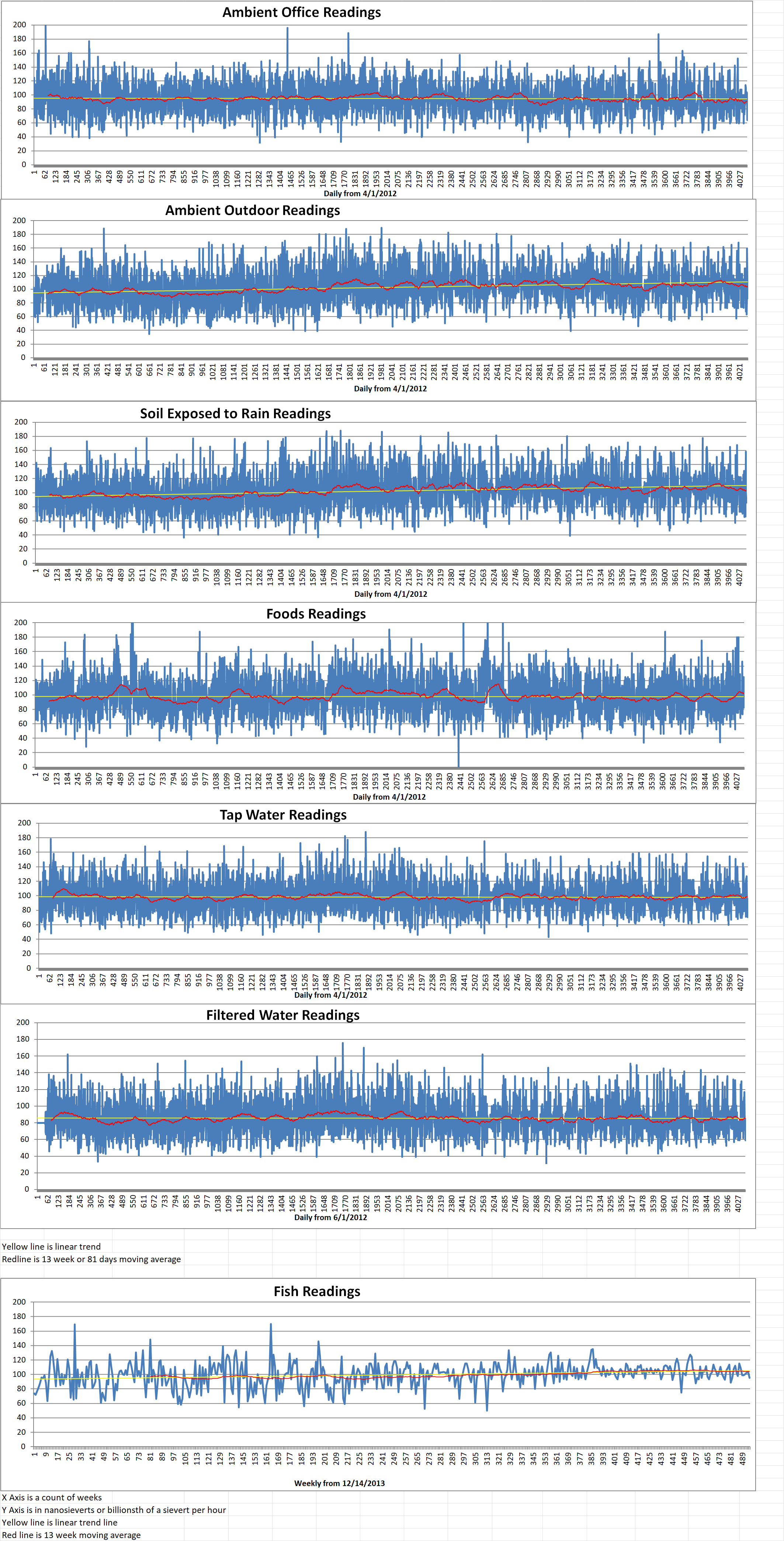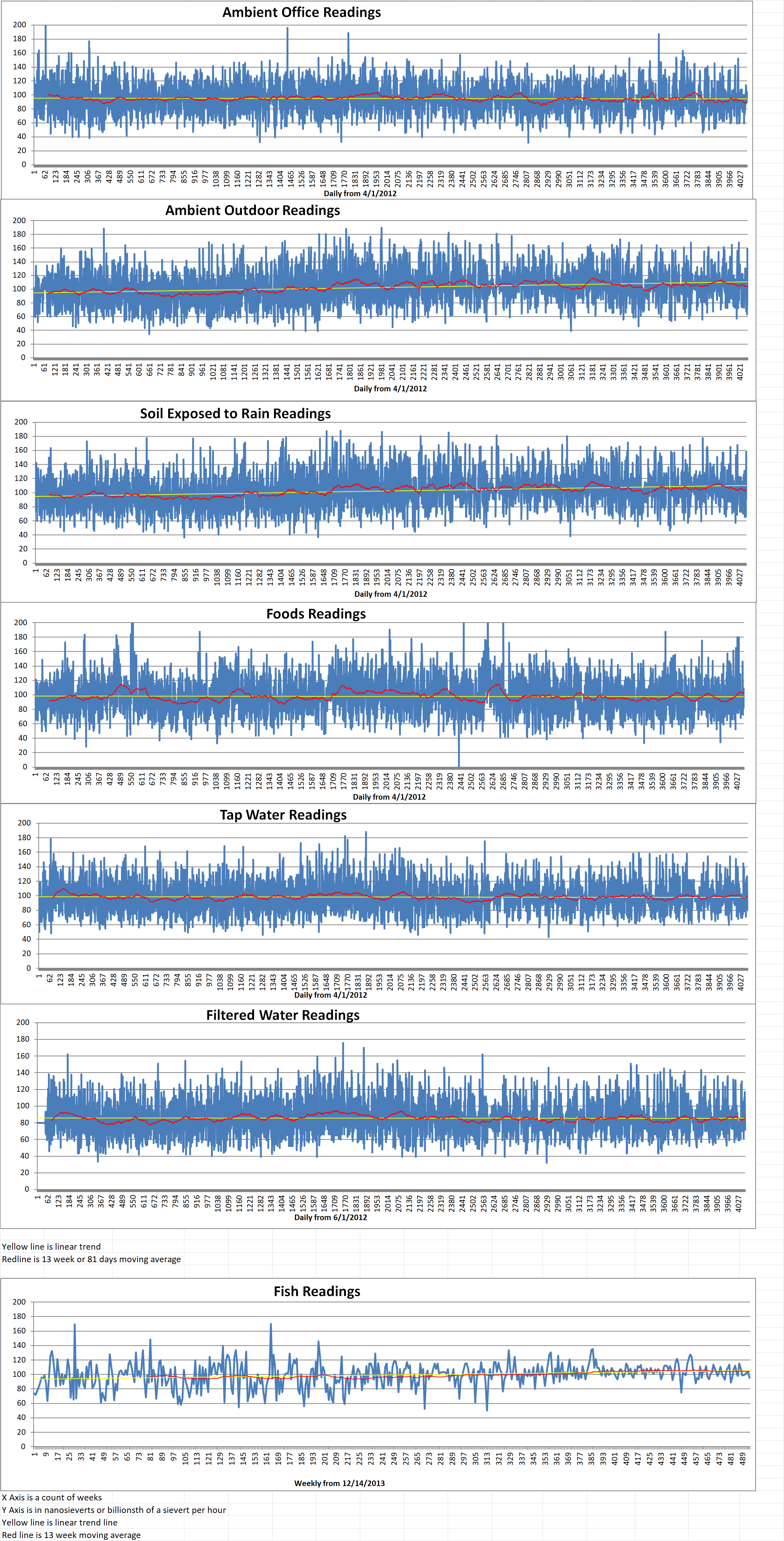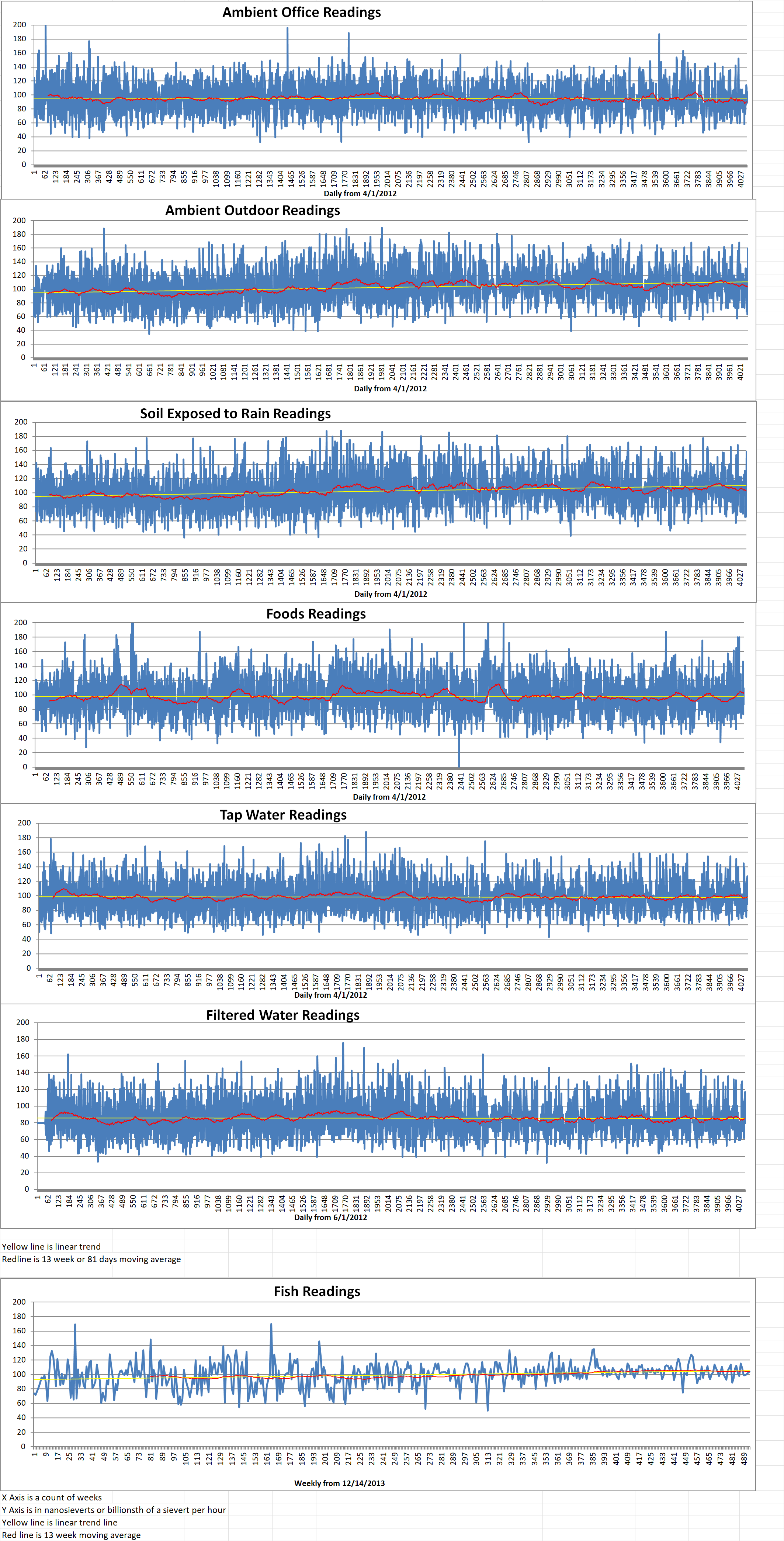Swedish nuclear technical services provider Studsvik has just signed a Memorandum of Understanding (MoU) with Finnish utility Fortum to investigate the conditions for new nuclear facilities at the Studsvik industrial site near Nyköping in Sweden.
The MoU is part of Fortum’s nuclear feasibility study that was launched in October of 2022. During the two-year program, Fortum will explore commercial, technological, and societal, including political, legal, and regulatory conditions both for conventional large reactors and small modular reactors (SMRs) in Finland and Sweden. The study will also explore new partnerships and business models.
The agreement with Studsvik triggers a process with the aim of assessing the potential to build new nuclear power reactors at the Nyköping site. In the first phase, the goal will be to identify potential business models and technical solutions that merit further development.
Studsvik has previously said that its Nyköping site is in a strategic location. It houses the company’s broad expertise in nuclear technology, including nuclear fuel and materials technology, reactor analysis software and nuclear fuel optimization, decommissioning and radiation protection services as well as technical solutions for handling, conditioning and volume reduction of radioactive waste.
Studsvik said, “In the long-term, there is a possibility for new nuclear power on the Studsvik site, either in the form of commercial reactors, research reactors or a combination of both. In that case, Studsvik’s role will be to make land available and contribute with its expertise in various areas – not to build or operate nuclear power plants on its own.”
Camilla Hoflund is the President and CEO of Studsvik. She said, “Studsvik is positive to new nuclear as a part of the green transition, since it constitutes fossil-free, efficient, and plannable electricity production. We welcome Fortum as a partner to investigate the possibility of establishing new nuclear on the Studsvik site, which is a classic nuclear area with an infrastructure already adapted to nuclear operations.”
Fortum said that the agreement “supports its strategic priorities to deliver reliable and clean energy and to drive decarbonization in industries by providing clean energy and CO2-free solutions to its customers.”
Laurent Leveugle is the Vice President for New Nuclear at Fortum. He said, “A lot of new electricity generation will be needed across the Nordics to meet future electricity demand in our societies and industries. I am very satisfied as this agreement shows our ambition to support Sweden’s green transition in the long-term.”
The MoU between Studsvik and Fortum will run in parallel with agreements with Kärnfull Next and Blykalla (formerly known as LeadCold) that were announced earlier.
In August of this year, Studsvik signed an MoU with Swedish SMR project development company Kärnfull Next. It is exploring the possibility of building and operating SMRs at Nyköping. In March of 2022, Kärnfull Next signed an MoU with GE Hitachi Nuclear Energy to collaborate on deployment of BWRX-300 in Sweden.
Under an agreement signed in March, Swedish lead-cooled SMR technology developer Blykalla is to carry out a feasibility study on the construction and operation of a demonstration Swedish Advanced Lead Reactor (SEALER) with associated infrastructure for nuclear fuel fabrication in Nyköping.
Fortum has also signed cooperation agreements with Westinghouse, Korea Hydro & Nuclear Power, Rolls-Royce SMR, EDF, Kärnfull Next as well as Finland’s Outokumpu and Helen Energy.







